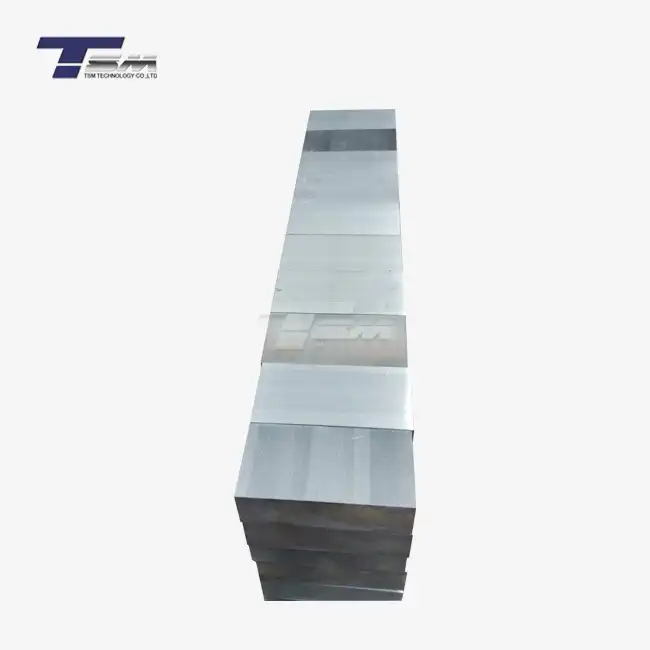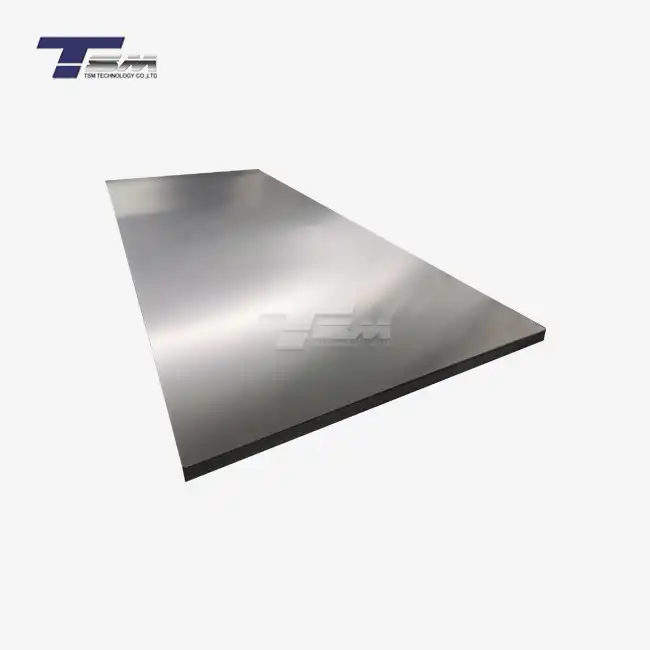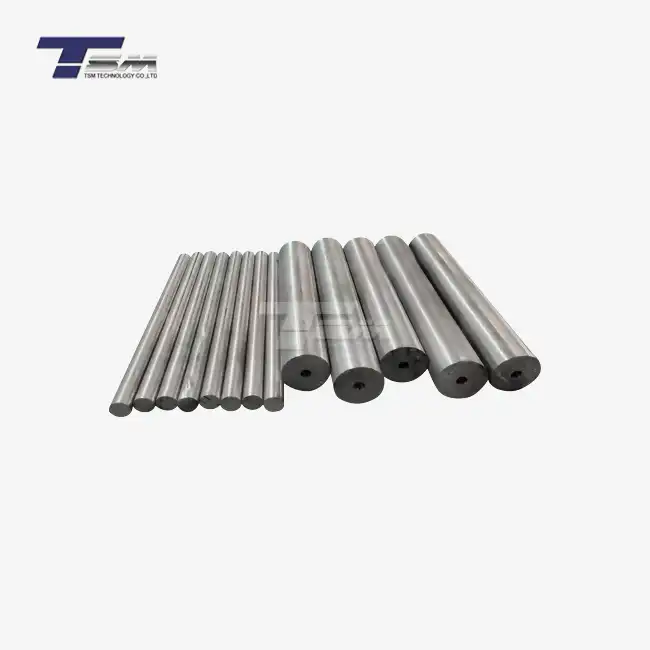- English
- French
- German
- Portuguese
- Spanish
- Russian
- Japanese
- Korean
- Arabic
- Greek
- German
- Turkish
- Italian
- Danish
- Romanian
- Indonesian
- Czech
- Afrikaans
- Swedish
- Polish
- Basque
- Catalan
- Esperanto
- Hindi
- Lao
- Albanian
- Amharic
- Armenian
- Azerbaijani
- Belarusian
- Bengali
- Bosnian
- Bulgarian
- Cebuano
- Chichewa
- Corsican
- Croatian
- Dutch
- Estonian
- Filipino
- Finnish
- Frisian
- Galician
- Georgian
- Gujarati
- Haitian
- Hausa
- Hawaiian
- Hebrew
- Hmong
- Hungarian
- Icelandic
- Igbo
- Javanese
- Kannada
- Kazakh
- Khmer
- Kurdish
- Kyrgyz
- Latin
- Latvian
- Lithuanian
- Luxembou..
- Macedonian
- Malagasy
- Malay
- Malayalam
- Maltese
- Maori
- Marathi
- Mongolian
- Burmese
- Nepali
- Norwegian
- Pashto
- Persian
- Punjabi
- Serbian
- Sesotho
- Sinhala
- Slovak
- Slovenian
- Somali
- Samoan
- Scots Gaelic
- Shona
- Sindhi
- Sundanese
- Swahili
- Tajik
- Tamil
- Telugu
- Thai
- Ukrainian
- Urdu
- Uzbek
- Vietnamese
- Welsh
- Xhosa
- Yiddish
- Yoruba
- Zulu
How Nickel Alloys Perform in High-Temperature Oxidation Tests?
Nickel alloys demonstrate exceptional performance in high-temperature oxidation tests, showcasing their remarkable resistance to oxidation and corrosion under extreme conditions. These alloys form protective oxide scales when exposed to high temperatures, which act as barriers against further oxidation. The composition of nickel alloys, often including elements like chromium, aluminum, and molybdenum, contributes to their superior oxidation resistance. During high-temperature oxidation tests, nickel alloys exhibit slow oxidation rates, maintain structural integrity, and display minimal weight gain or loss. This outstanding performance makes nickel alloys ideal for applications in aerospace, power generation, and chemical processing industries where materials must withstand harsh, high-temperature environments.
Mechanisms of High-Temperature Oxidation in Nickel Alloys
Formation of Protective Oxide Scales
When exposed to high temperatures, nickel alloys undergo a process of selective oxidation. The more reactive alloying elements, such as chromium and aluminum, preferentially oxidize to form a thin, adherent, and protective oxide layer on the surface. This oxide scale acts as a barrier, significantly slowing down further oxidation of the underlying metal.
The effectiveness of this protective layer depends on several factors, including its composition, thickness, and adherence to the base metal. Chromia (Cr2O3) and alumina (Al2O3) scales are particularly effective due to their stability and low diffusion rates for oxygen and metal ions. These characteristics make nickel alloys highly resistant to oxidation in high-temperature environments.
Diffusion Processes in Oxidation
The oxidation of nickel alloys at high temperatures involves complex diffusion processes. As the protective oxide scale forms, the oxidation rate is controlled by the diffusion of oxygen inward through the scale or the outward diffusion of metal ions. The rate of these diffusion processes determines the overall oxidation kinetics.
In well-designed nickel alloys, the diffusion rates are slow, resulting in parabolic or sub-parabolic oxidation kinetics. This means that the oxidation rate decreases over time as the protective scale thickens, providing long-term protection against further oxidation.
Role of Alloying Elements
The composition of nickel alloys plays a crucial role in their high-temperature oxidation behavior. Chromium is often added to form a protective chromia scale, while aluminum promotes the formation of an alumina scale. Other elements like titanium, silicon, and yttrium can further enhance oxidation resistance by improving scale adhesion or modifying the oxide structure.
Some alloying elements also influence the diffusion processes within the alloy and the oxide scale. For instance, molybdenum can reduce the diffusion of chromium to the surface, helping maintain a sufficient chromium reservoir for long-term oxidation resistance.
Experimental Procedures for High-Temperature Oxidation Tests
Sample Preparation and Characterization
Before conducting high-temperature oxidation tests, meticulous sample preparation is essential. Nickel alloy specimens are typically cut to specific dimensions, with their surfaces carefully prepared to ensure consistency across all samples. This preparation may involve grinding, polishing, and cleaning to remove any surface contaminants that could affect the oxidation process.
Initial characterization of the samples is crucial for establishing a baseline. This often includes measuring the initial weight, dimensions, and surface roughness. Advanced techniques such as X-ray diffraction (XRD) and scanning electron microscopy (SEM) may be employed to analyze the initial microstructure and composition of the alloy.
Testing Equipment and Conditions
High-temperature oxidation tests are conducted using specialized equipment designed to maintain precise control over temperature and atmosphere. Thermal gravimetric analysis (TGA) is a common technique used to continuously monitor weight changes during oxidation. Other methods include cyclic oxidation tests, where samples are subjected to repeated heating and cooling cycles to simulate real-world conditions.
Test temperatures typically range from 800°C to 1200°C, depending on the intended application of the nickel alloy. The atmosphere in the test chamber is carefully controlled, often using air or oxygen-rich environments to accelerate oxidation. Some tests may also incorporate water vapor or other corrosive species to simulate more challenging conditions.
Data Collection and Analysis
During high-temperature oxidation tests, various data points are collected to evaluate the performance of nickel alloys. Weight change is a primary indicator, with weight gain typically indicating oxide formation and weight loss suggesting oxide spallation or volatilization of alloying elements.
Post-test analysis involves a range of analytical techniques. Cross-sectional microscopy is used to examine the thickness and morphology of the oxide scales. Electron microscopy techniques such as SEM and transmission electron microscopy (TEM) provide detailed information about the microstructure and composition of the oxide layers. X-ray photoelectron spectroscopy (XPS) can be employed to analyze the chemical state of elements in the oxide scales.
The collected data is then used to determine oxidation kinetics, typically by plotting weight change against time. This analysis helps in understanding the oxidation mechanism and evaluating the long-term oxidation resistance of the nickel alloy.
Factors Influencing Oxidation Resistance of Nickel Alloys
Alloy Composition and Microstructure
The composition of nickel alloys is a primary factor determining their oxidation resistance. The presence and proportion of alloying elements such as chromium, aluminum, and molybdenum significantly influence the formation and stability of protective oxide scales. For instance, higher chromium content generally improves oxidation resistance by promoting the formation of a continuous chromia scale.
The microstructure of the alloy also plays a crucial role. Grain size, distribution of precipitates, and phase composition can affect diffusion rates and the adherence of oxide scales. Fine-grained structures often exhibit better oxidation resistance due to increased grain boundary diffusion, which can promote rapid formation of protective scales.
Surface Conditions and Treatments
The initial surface condition of nickel alloys can significantly impact their oxidation behavior. Surface roughness, presence of contaminants, and pre-existing oxide layers all influence the initial stages of oxidation. Smooth surfaces generally promote the formation of more uniform and adherent oxide scales.
Various surface treatments can be employed to enhance oxidation resistance. These may include shot peening to induce compressive stresses, which can improve scale adherence, or pre-oxidation treatments to form stable oxide layers before exposure to high-temperature environments. Coatings, such as aluminide or overlay coatings, can also be applied to provide additional protection against oxidation.
Environmental Factors
The environment in which nickel alloys operate greatly affects their oxidation behavior. Temperature is a critical factor, with higher temperatures generally accelerating oxidation rates and potentially altering the composition and structure of oxide scales. The presence of water vapor, sulfur-containing species, or other corrosive elements in the atmosphere can significantly impact oxidation resistance.
Cyclic temperature conditions, common in many industrial applications, pose additional challenges. Thermal cycling can induce stresses in the oxide scales, potentially leading to cracking or spallation. The ability of nickel alloys to maintain protective scales under these dynamic conditions is crucial for their long-term performance in high-temperature applications.
Conclusion
Nickel alloys demonstrate remarkable performance in high-temperature oxidation tests, showcasing their exceptional resistance to oxidation and corrosion under extreme conditions. The formation of protective oxide scales, coupled with the careful selection of alloying elements and optimization of microstructure, contributes to their superior oxidation resistance. Understanding the mechanisms of oxidation, employing rigorous testing procedures, and considering the various factors influencing oxidation behavior are crucial for developing and selecting nickel alloys for high-temperature applications. As industries continue to push the boundaries of material performance, nickel alloys remain at the forefront of materials capable of withstanding the most demanding high-temperature environments.
Contact Us
For more information on our high-performance nickel alloys and their applications in demanding environments, please contact TSM TECHNOLOGY at info@tsmnialloy.com. Our team of experts is ready to assist you in selecting the ideal alloy for your specific needs.
References
Young, D. J. (2016). High Temperature Oxidation and Corrosion of Metals (2nd ed.). Elsevier Science.
Reed, R. C. (2006). The Superalloys: Fundamentals and Applications. Cambridge University Press.
Khanna, A. S. (2002). Introduction to High Temperature Oxidation and Corrosion. ASM International.
Birks, N., Meier, G. H., & Pettit, F. S. (2006). Introduction to the High-Temperature Oxidation of Metals (2nd ed.). Cambridge University Press.
Grabke, H. J., & Schütze, M. (Eds.). (2007). Oxidation of Intermetallics. Wiley-VCH.
Padture, N. P. (2016). Advanced structural ceramics in aerospace propulsion. Nature Materials, 15(8), 804-809.
Learn about our latest products and discounts through SMS or email



